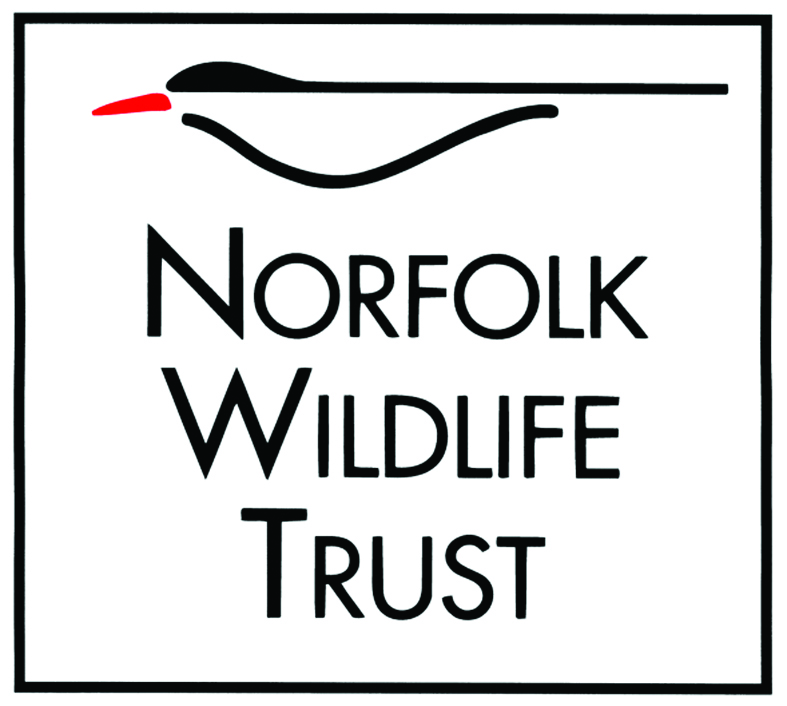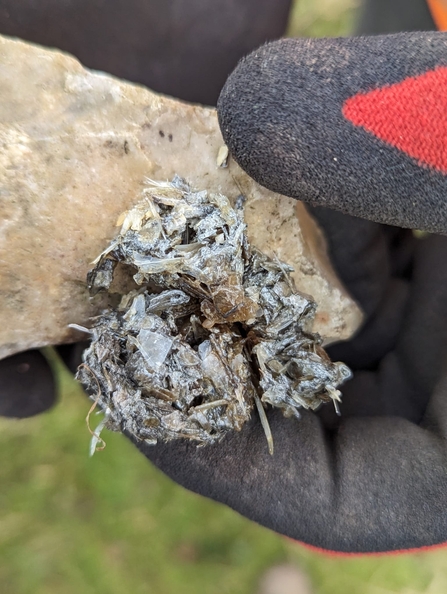Early February finds the first flowering snowdrops tentatively appearing along south-facing hedgerow banks. By the middle of the month they seem to be everywhere, and in places form a delightful green and white carpet. Despite being found across the country, and in probably every woodland, snowdrops are not a native plant. They have been with us for well over a thousand years, and few would begrudge them being here. They’re often accompanied by winter aconite, its yellow petals sporting a generous ruff of leaves beneath them. The leaves only fall open to expose the flower when the temperature has exceeded exactly ten degrees centigrade.
In our gardens blue tits are already pairing. The two birds fly about excitedly, leapfrogging over each other in the bare twigs. Song thrushes have begun singing again after the winter lay-off; their clear, flute-like notes repeated several times. Even a fragment of warm settled weather will induce the garden greenfinches to continually utter their strange slurping call from the treetops. Skylarks, keen for the approaching spring, are high above the grazing marshes singing encouragement for its return. On NWT’s Hickling Broad & Marshes the coot are still formed up in large flotillas of several hundred, but many of the winter wildfowl such as teal, gadwall and goldeneye are preparing for a journey back to their breeding grounds around the Baltic. With egg laying imminent, February finds rooks repairing their nests, along with all their other neighbours in the rookery. The male flies in with a beakful of mud or a stick, and the female works it into the structure. If you have a rookery near your house, I don’t need to tell you that it is accompanied by much cawing by the both of them.


